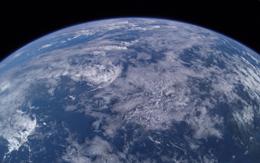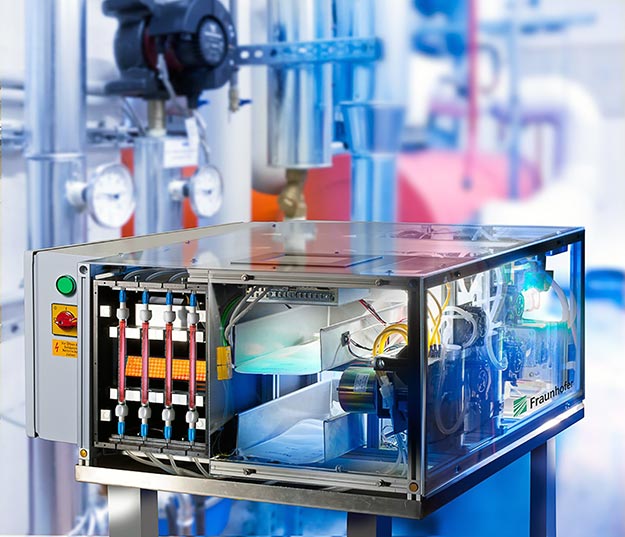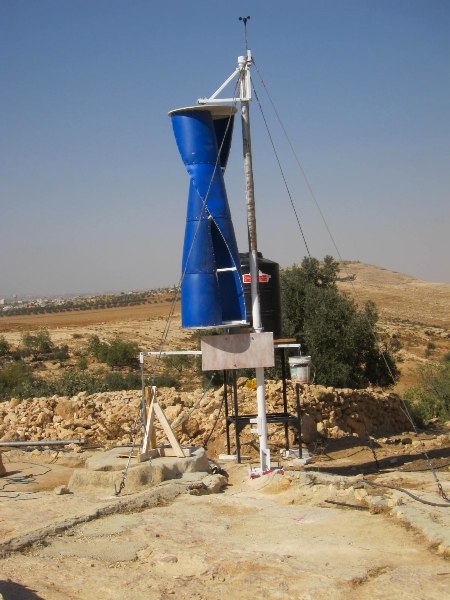Spinosaurs’ semi-aquatic habits helped them coexist with tyrannosaurs.
Researchers have found evidence of dinosaurs that spent much of their time in water. The discovery, made by analysing oxygen isotopes found in the fossils of a spinosaur that fed on fish, shows how the dinosaur might have coexisted with other large predators such as tyrannosaurs.
The results, published in Geology by Romain Amiot at the University of Lyon in France and a team of colleagues, show that dinosaurs were not in fact restricted to land as had been previously thought1. Water-dwelling animals such as Plesiosaurus and Ichthyosaurus, which although dinosaur-like in appearance, are not part of the dinosaurian lineage.
Baryonyx walkeri, from the spinosaur family, had a long, crocodile-like skull littered with iconic cone-shaped teeth. When it was found, theories swirled that with piercing teeth, rather than the serrated teeth so often found in closely related meat eaters such as Tyrannosaurus rex, and a long snout, the dinosaur was a fish feeder. Read more






